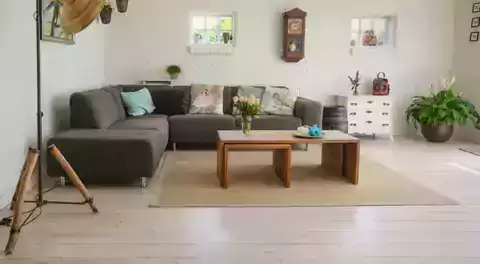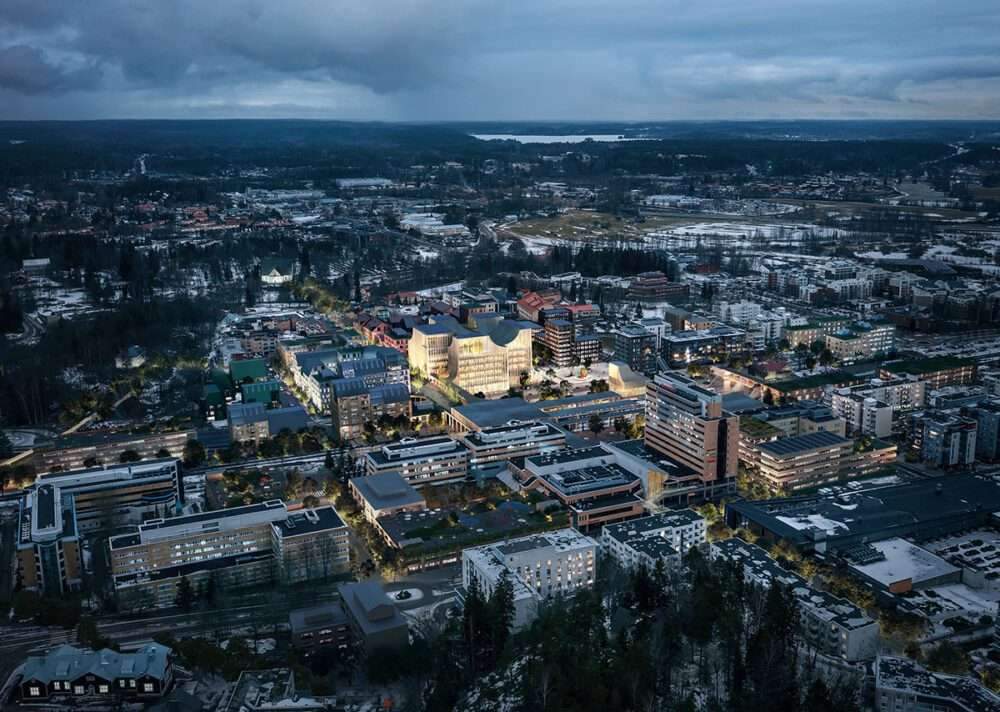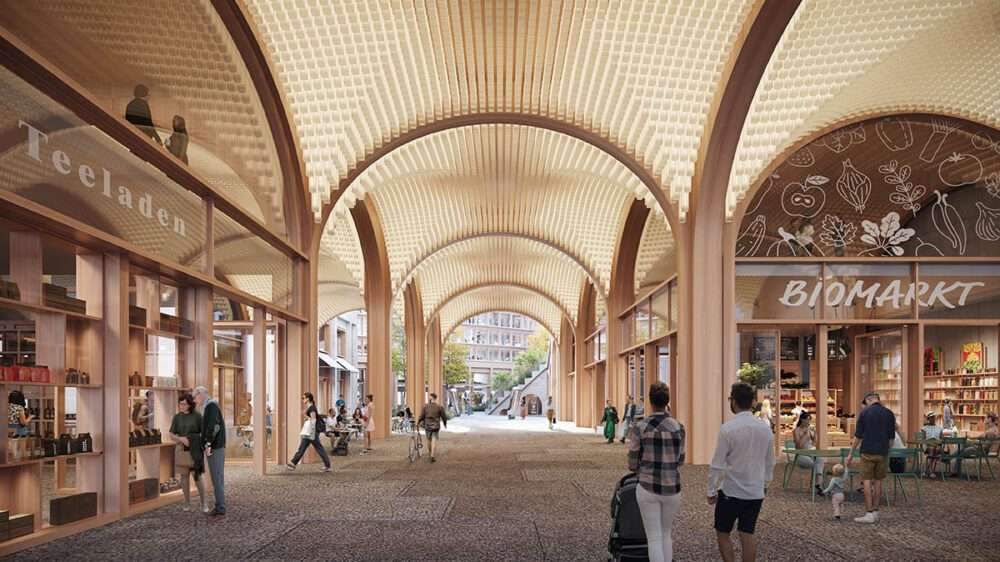Poor lighting refers to insufficient lighting in a given space, and this can be caused by several different factors, including insufficient lighting sources,
improperly positioned lighting, or using old or low-quality lighting fixtures.
When it comes to poor lighting, not only does the level of low light matter, but there are many factors that equally contribute to poor lighting.

poor lighting solutions
How to avoid bad lighting effects in the workplace? see below:
Add more lights to solve the poor lighting
To increase the intensity of lighting in the office or home, we can increase the number of bulbs / lamps to remedy the lack of lighting, and we can use LED bulbs to control the electricity bills.
Rearrange offices
In the event that there is a wrong place where additional lighting is not possible, you can move to a place in your office or home where the light is brighter,
Please do not place the light source directly behind the worker.
Reduce the brightness in case of brightness
Determine the source of the glare and change its position, if it is due to the light source, change the position or location of the power source.
If it’s because of anything shiny, we can coat it with a matte paint or change the angle of the reflector, and we can also use glare reduction glass to reduce glare.
Change the color of the room for poor lighting
Paint your home or office a light color so that you can get the maximum reflection of the existing light,
Lighter shades also make a room feel larger.
Make the windows bigger
If you have small windows, make them bigger, not only will this save you electricity bills,
It will also improve airflow or air circulation in your home or office.

Solutions using reflective materials
Keep in mind that creating sustainable roofs is a recognized way to increase building efficiency and reduce energy costs and negative impact on our health and environment.
If you are looking to incorporate mirrored surfaces into your home, an expert from Miami interior designer will gladly advise you.
roofing materials
In terms of energy savings, roofing technology has undergone significant development – a shift from traditional roofing materials to an advanced system, for example, reflective roofing.
With the specific goals of reducing electricity cost, saving money, and being a good environmental steward, product manufacturers have designed these types of roofs.
Metal
Many homeowners need energy efficient materials to provide extended protection and reduce energy consumption.
The metal does not actually deflect heat from the sun, however, when coated with the light-colored polymer,
It has a high solar reflectivity that is required to reduce annual energy costs by up to 40%.
Not only is it lightweight, but it is also resistant to extremely harsh elements, for example, snow, hail, and wildfires.
coatings
Reflective coatings can reduce energy expenditures by up to 70% depending on climate, type and extent of sun exposure.
Buildings in hot regions can benefit more from this type of coating.

tiles
Another technology applied is ceramic tile sheets, which are very beautiful and can last up to a century. With the advancement of technology,
The color and texture of the tiles do not change, providing a natural look.
The inclusion of a reflective tint to the material is essential to keeping the building cool and reducing air conditioning use.
Other benefits include improved occupancy comfort, reduced air pollution, and reduced carbon dioxide production.
Reflective walls and floors
Reflective walls and floors enhance lighting in buildings by reflecting light from both artificial and natural sources.
Ordinary concrete and other reflective surfaces reduce the energy expenditure associated with outdoor and indoor lighting.
You’ll discover that reflective surfaces will reduce the amount of lighting and fixtures required,
While ordinary concrete has a relatively high reflectance, white cement results in a higher reflectance.
And many floors can be made reflective by embedding vibrating materials into freshly applied concrete
.
The use of environmentally friendly materials in interior design










